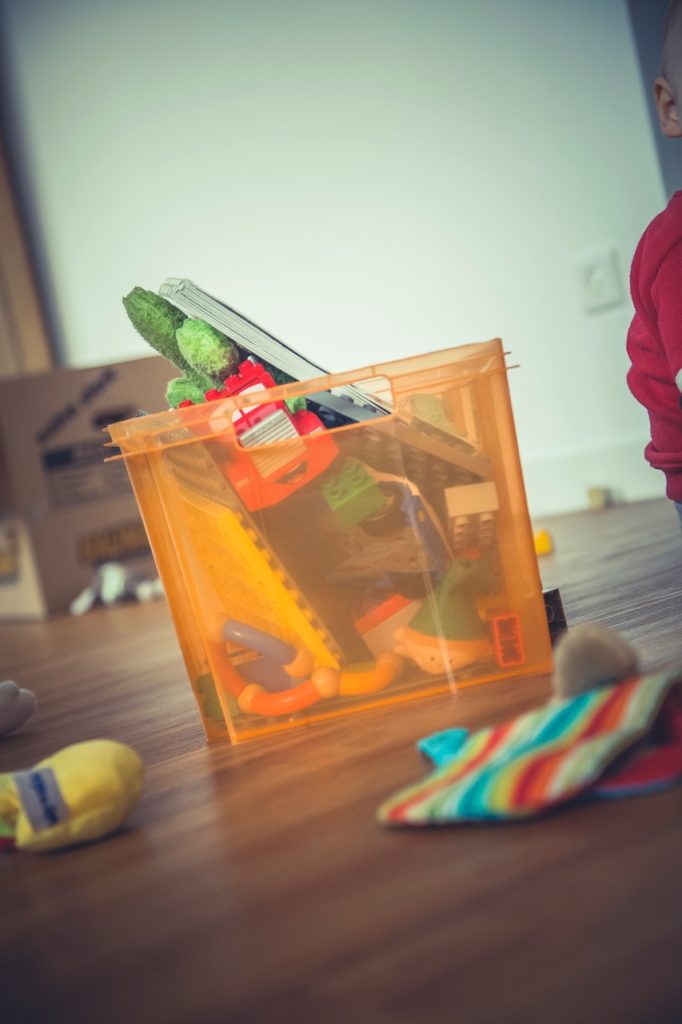
Unfortunately, we’ve already entered an era where it’s almost impossible to take the gadgets away from our children, especially if they’re in school. I once grounded my son from gadget use because of bad behavior and he exclaimed “You’re taking away my life!”
At that moment, it sounded overly dramatic, but upon further reflection, it did make sense. He does his research for school, he learns to play the guitar, he keeps in touch with his friends, he learns to cook, etc. — all on the gadget.
Everyday, we wrestle with this problem — how do we regulate our kids’ digital consumption?
Admittedly, in our household, our kids are already heavy digital consumers. In this pandemic, they are even more so. Especially when all education and socialization migrated online, their consumption became even higher than ever.

As a family, this is an issue we struggle with every day and honestly we are still in the process of figuring out the rhythm that works best for us.
But, fortunately, as much as digital consumption is inevitable, it doesn’t mean we should allow it to take over our lives.
What we’ve found to work for us as a family is to ask ourselves questions to give us guidelines for check and balance. Here are a few that have helped us re-focus our direction as a family amid the new normal:
- Is God still first in our home?
- Is our digital consumption bringing us closer as a family or farther apart?
- Am I in control over my digital usage as well as my kids’?
If the answer is yes to all 3, kudos to you, dear parent! You are on the right track. But if you’re still struggling to find that rhythm and balance that seem so elusive in this day and age of digital exposure and incessant virtual connection, we hope to share some practical things we’ve done in our home that have helped us establish a rhythm that works.


1. Provide non-digital options for your children.
We always tell our children to spend less time on their gadgets. But what alternatives are we offering them? Make sure your home is stocked with toys, boardgames and books that they find interesting.
When my kids were younger, we had this big plastic box that we called the iBox (short for imagination box.) We filled that box with costumes, capes, shawls, masks, swords and sticks and the kids enjoyed hours and hours of imaginative play with all those props.
Tip: It doesn’t have to cost anything. Go through your closets/kitchen/garden to find a variety of random items to fill your own iBox. Hats, accessories, plastic or wooden kitchen utensils, aprons, bedsheets, pillowcases, branches, flowers (and the list goes on…) can all spark and nurture your child’s instinct to create and role play.
Pets are another great alternative. Allowing your children to have pets develops different character traits like responsibility, compassion and hard work.
Designate times of the day when you can go out of the house with the kids to the park or the basketball court.
Encourage them to play outdoors, run around or bike. It’s also a good way to get their daily dose of Vitamin D into their systems.


2. Encourage your kids to create more than consume.
Admittedly, it’s easier to just give the children their gadgets — they’re quiet, they keep to themselves, they don’t fight, there’s no mess, they don’t disturb you. The house actually seems more peaceful when every child is tucked in their own little corner with their gadget.
However, consuming from the gadget the whole day doesn’t give them the opportunity to develop other facets of their creativity.
“Most people assume that imagination takes place in the head, but the hands are just as important. To help children generate ideas for projects, we often encourage them to start messing around with materials. As children play with LEGO bricks or tinker with craft materials, new ideas emerge. What started as an aimless activity becomes the beginning of an extended project,” says source.
Encourage your kids to put their creativity to work by setting up an art nook that has colored pencils, water color, scissors, glue and lots and lots of paper.
Schedule cooking sessions when mom and the kids can bake cupcakes together. Compose songs together about something they’re interested in. Make your own music videos where everyone gets to dress up.

3. Intentionally make space for conversations
Shape your environment in such a way that will push everyone in the direction of connecting with God and with others. Train the kids to put away their gadgets and talk to each other for a length of time.
Make meal times a gadget-free zone.
Remind everyone to leave their phones or laptops in the other room while everyone is seated at the dining table. Print out conversation starter cards (there’s a lot of fun ones on Pinterest) and let everyone take turns picking out a card and answering it.
Bedtimes can be a good time for conversations as well. Lie down with your child for the last few minutes of each day and ask him or her how her day went. A basic question you can start with is “What’s the best and worst part of your day?”


4. Establish boundaries
Healthy boundaries are always good.
They teach your kids self-control and discipline. Do not give your kids unlimited time for gadgets. Set a start and end time everyday.
Offer it as a reward for good behavior or take it away as a consequence for bad behavior. If your children are below school age, I would discourage from giving them gadgets too early.
Monitor the websites they go to, the videos they watch, the games they play and the people they chat with. They cannot just be allowed to visit any website.
You can start with a shortlist of allowable sites for them and expand them as they become more responsible. The digital space can be very dangerous, especially for young kids. Parents should always be watchful.
Most importantly, teach your kids internet safety and how to protect themselves online — learning this skill with your guidance now will equip and empower your children to navigate wisely in a world that is constantly plugged in.






